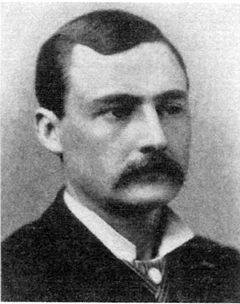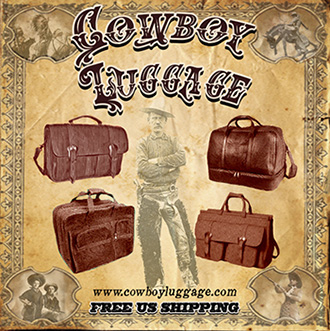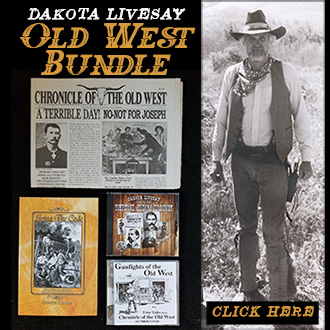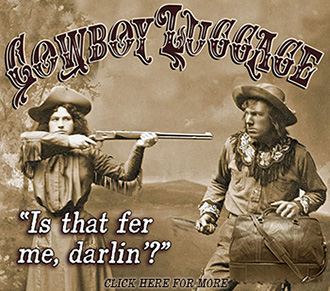With lawlessness and corruption rampant in Laramie, Wyoming in 1870, and even vigilantism ineffective, something had to be done. An outlaw would be caught in the midst of a crime, and then declared not guilty by a jury of men who were hed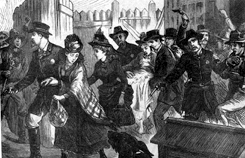 ging their bet should they end up a defendant.
ging their bet should they end up a defendant.
Something had to be done. And, that something was to select women for jury duty. The judge didn’t just select a couple of women as token representatives; he made the grand jury half women.
This was not only the first time a woman served as a jurist in Wyoming, it was the first time in the United States. The national press came down hard on them. Men were heard to say that if their wife served on a jury, they would no longer live with them.
To protect their identity, the women wore veils. A female bailiff was appointed to spend the night outside the rooms where they were housed.
Women were thought to be incapable of serving on a jury because they were too emotional and too easily swayed. Those opposed to women’s rights thought the jurors would fail, thus ending the Suffrage Movement.
But, they were wrong. The jury handed down indictments for murder, horse and cattle stealing and illegal branding. When the jury retired to decide a murder case, initially all of the women were for conviction, but only half of the men. When the verdict was handed down, the man was convicted.
Afterward, the judge said the women served with dignity and intelligence, as well as being firm and resolute. He also noted that two days after the grand jury had begun, a number of unsavory characters had left town.




